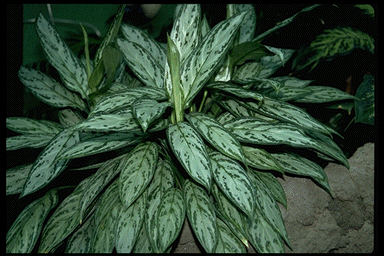Brewers Yeast is an excellent source of all the major B vitamins (except B12) ...It also contains other vitamins, sixteen amino
acids and fourteen or more minerals. Very high protein content ... high phosphorous content.
CAUTION: Live baker's yeast should be avoided. Live yeast cells deplete the body of B vitamins and other nutrients. Nutritional yeast has these live cells removed.
BROCCOLI
Benefits include ... vitamin C, vitamin K, fiber. Purported to prevent stomach cancer and colon cancer. Also, detoxifies carcinogens.
There is no single cure for cancer but a juice that combines vegetables with cancer-fighting agents is a good bet. Start by first juicing 3 florets of broccoli ... then 5 carrots ... 1 garlic clove ... 2 stalks of celery ... ½ green pepper. Add these ingredients to ½ cup of water.
BUCKTHORN (Rhamnus catharticus)
May fight cancer and definitely relieves constipation.
Buckthorn has shown some anti-tumor action according to the author of The CRC handbook of Medicinal Herbs.
This herb stimulates the muscles, which gives us the "urge" to defecate. It is used as a laxative usually as a last resort because it is so potent. It contains chemicals called anthraquinones that cause diarrhea and sometimes-severe abdominal pain.
German physicians sometimes prescribe a laxative tea containing ½ a teaspoon each of buckthorn, fennel seed, and chamomile flowers per cup of boiling water, steeped for about 10 minutes. Drink no more than one cup.
CAUTION: The herb should not be used for more than a couple of weeks due to a risk of developing "lazy bowel syndrome" which is an inability to defecate without the aid of chemical stimulants.
Also, people should not use the herb with gastro-intestinal ailments such as colitis, ulcers, or hemorrhoids. And, of course, pregnant women should avoid it.
BUCKTHORN BARK
Prevents constipation and is not habit forming. Also said to remove warts and expel worms.
BURDOCK ROOT (Arctium Minus Arctium Lappa):
Blood purifier. An herb that only grows during certain times of the year and is characterized by burs which adheres to clothing.
Typically used for skin problems like acne and psoriasis. The seeds may be used to make a tincture which is often used to ... purify the blood, treat ulcers and gout, treat arthritis, treat ulcers, treat gout and rheumatism. Also, it will induce sweating. It has been used by herbalists to treat ... gallstones, liver problems, influenza and in the support of kidney's filtering acids from the blood.
BUTCHER'S BROOM (Ruscus Aculeatus)
Also called "box holly", knee holly". It is an evergreen shrub (from the Liliaceae family) with yellow flowers, which is native to the Pacific Northwest of the United States. It is typically used for ... circulatory problems of the legs, hemorrhoid medication, reducing the risk of blood clots and thrombosis. When used externally it is typically used for ... aiding in the ease of swelling (and pains) of rheumatism and arthritis. CAUTION: Use may result in high blood pressure.
BUTTERNUT BARK:
Also called ... "white walnut". It is typically used to treat ... liver problems, intestinal ailments, diarrhea, intestinal worms (combined with cleansing of the body via laxatives).
Return to top of page
| Home |
![]()
